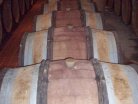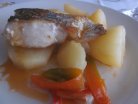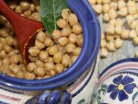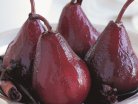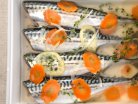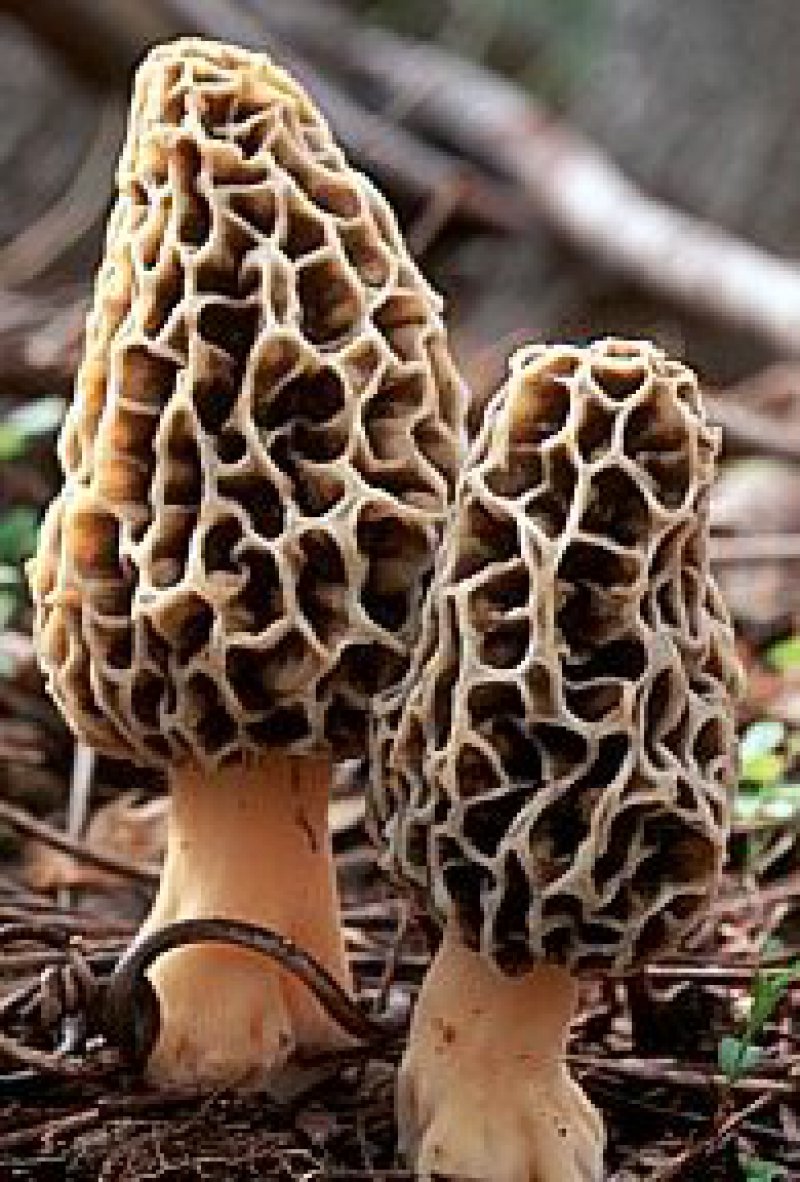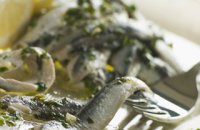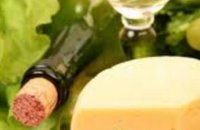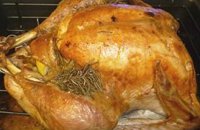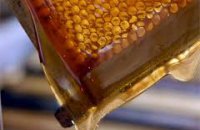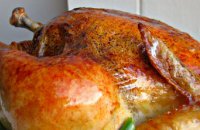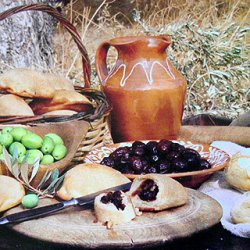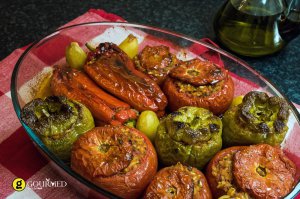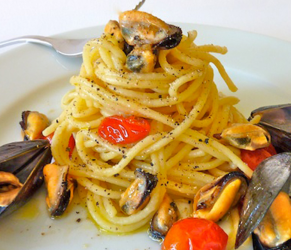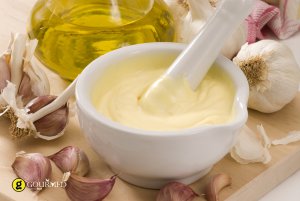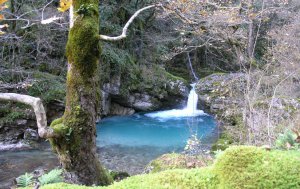It's a Sunday afternoon and I am enjoying the crisp weather from a friend’s garden in Voula, a seaside suburb about 40 minutes south of Athens. Suddenly, out of the corner of my eye, I spot something shooting out of the soil along one of the garden walls. Two inches high, spongy, and thick, stands a lone morel, the king of the fungi. The morel, streaked with colors of honey, ash, and coal, reigns above the rosemary, oregano, and basil that grow beside it.
It's mid-May, and we are in the midst of morel season, a time when mushroom buffs all over Greece have their eyes to the ground and their mouths sealed, in fear that one word of boastful pride will reveal their secret treasure. The season is short, and although morels dry well -they are available dry in supermarkets- it is the mushroom in its fresh state that makes aficcionados wax poetic. Morels, also known colloquially as "koukoumeles," "mourtsekia," or "kouzoukia," depending on what part of the country one calls home, are nature's great gift to the springtime table. Their rich, earthly aroma make them the best of all common wild mushrooms, and the most prized after the truffle. Their unusual appearance also makes them among the easiest mushrooms to recognize.
In Greece, there are about 150 edible mushroom varieties, from the common field mushroom to the rare, subterranean truffle. Morels are among the most delicious and widespread. There are four indigenous varieties: Morchella conica, the most common; M. esculenta, M. elata; and M. vulgaris. They thrive in warm places, especially after a wet spring, and grow almost everywhere, on mountain slopes and hillsides, in forests, under bushes, in fields and plains, in gardens, in parks, in caves.
Mushrooms are abundant and seemingly ubiquitous, but certain varieties are difficult to find. Like chameleons, they blend in with their surroundings. Their muted colors provide such excellent camouflage that you could easily pass up a clump of these mushrooms without seeing them. But if you are alert, one morel may suddenly materialize. Then its neighbors will also reveal themselves, a whole colony waiting to be seized. For foragers, the morel is a real prize. The devotion of morel buffs to their craft is legendary.
One caveat: Neophytes beware - in the hunting of morels never, never ask a seasoned pro where he finds his trove. It's like asking a fisherman where his favorite fishing hole is.
How to recognize a morel:
Morels are peculiar looking. They have a spongelike crown perched on a pale, hollow stem. This spongy cap is pitted and carved with deep ridges. The cap of a true morel is attached directly to the brittle stem, which is usually white or yellowish at the base of the crown. Some varieties, however, especially the Greek ones, are black. Both cap and stem are hollow, an indication that you are on safe, edible ground. If the morel is cut in half, the hollow interior is readily visible. If it's solid, avoid it. While true morels are generally hard to confuse with other mushrooms, they are sometimes mistaken for what is known among foragers as the "false morel" (Gyromitra esculenta). The false morel has a cap that is either nearly smooth, wrinkled or folded like the folds of a brain. It is often shaped like a saddle, and is never pitted. Another key difference is that the the cap of a true morel is connected directly to the stalk. In false morels, the cap or head hangs like a skirt, away from the stem, and is attached only at the top. Nevertheless, the real thing is easy to recognize. Even beginners find it hard to miss or confuse.
How to cook and clean a morel:
Use only as much water as necessary to get rid of the grit caught between the deep-line ridges. When preparing morels, the flavor should, as with all fine foods, be enhanced, not masked. Greek connoisseurs generally saute these lovely mushrooms in a little olive oil, enjoying their aroma as it fills the room like the smell of fresh damp earth. They are, indeed, delicious when they are simply sauteed. They are also sumptuous with eggs, potatoes, and as accompaniments to meat or fish.
The King of the Mushroom
As Greece's mycological monarch, the morel is a delicacy within the country's traditional dishes.
Country:
Category:
Related Articles
Most Popular recipes







